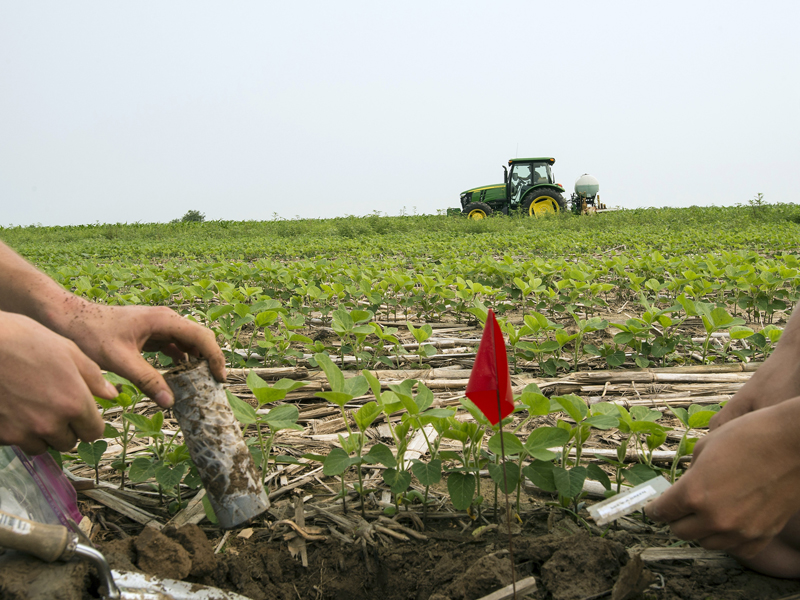Science News
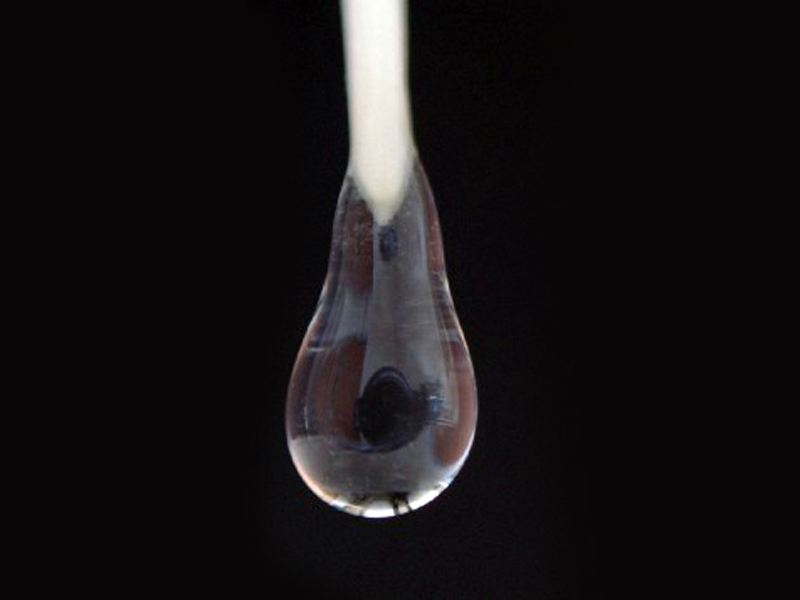
As the growing season progresses, you might not notice much about what’s happening to plants under the soil. Most of us pay attention to new shoots, stems, leaves, and eventually the flowers and crop we intend to grow. We might think of roots as necessary, but uninteresting, parts of the crop production process.

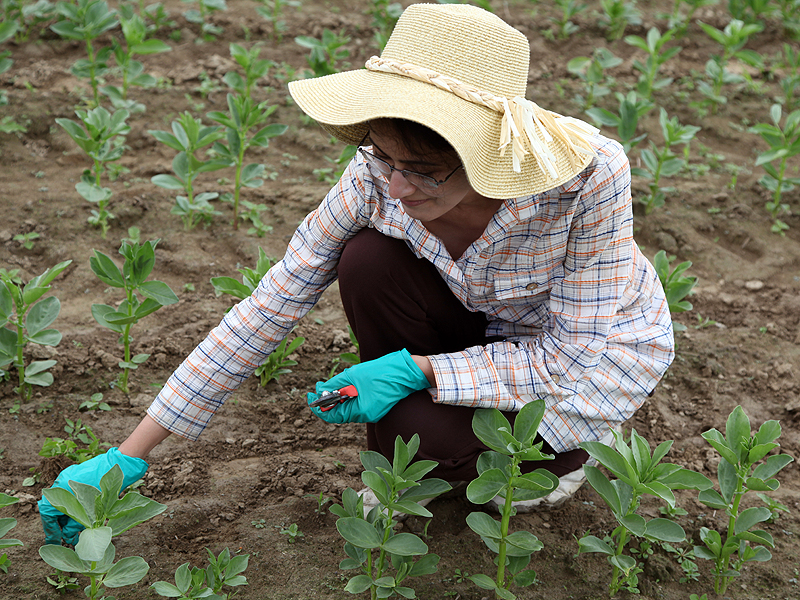
Researchers have good news for growers. Farmers raising a nitrogen-hungry crop like sweet corn may save up to half of their nitrogen fertilizer cost. The key: using a faba bean cover crop.
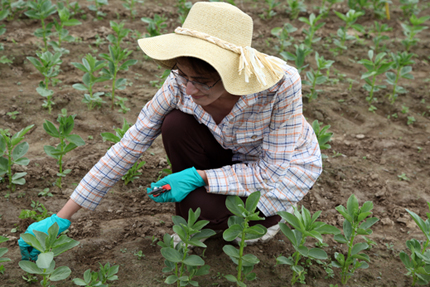
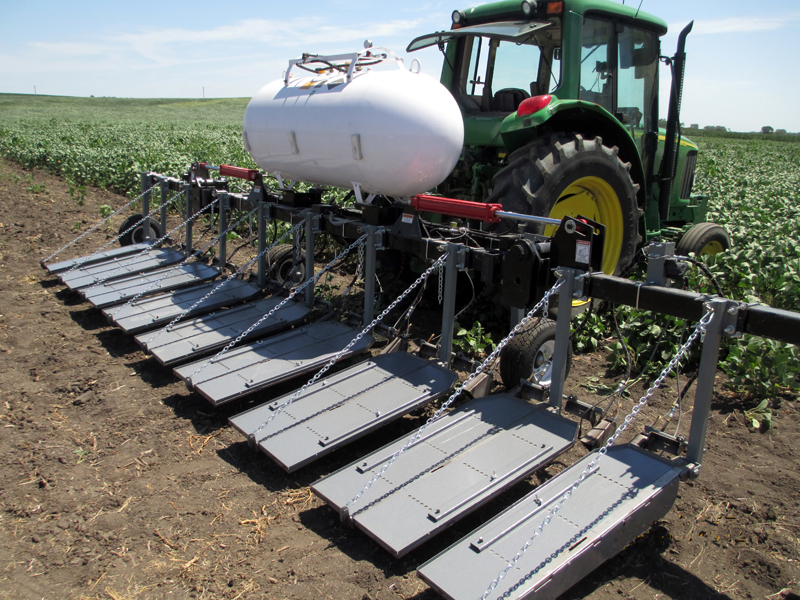
Interest in organic farming is growing. However, controlling weeds without synthetic herbicides, as organic certification requires, is challenging. Scientists are studying alternative tools for weed management. One such tool is propane-fueled flame weeding.

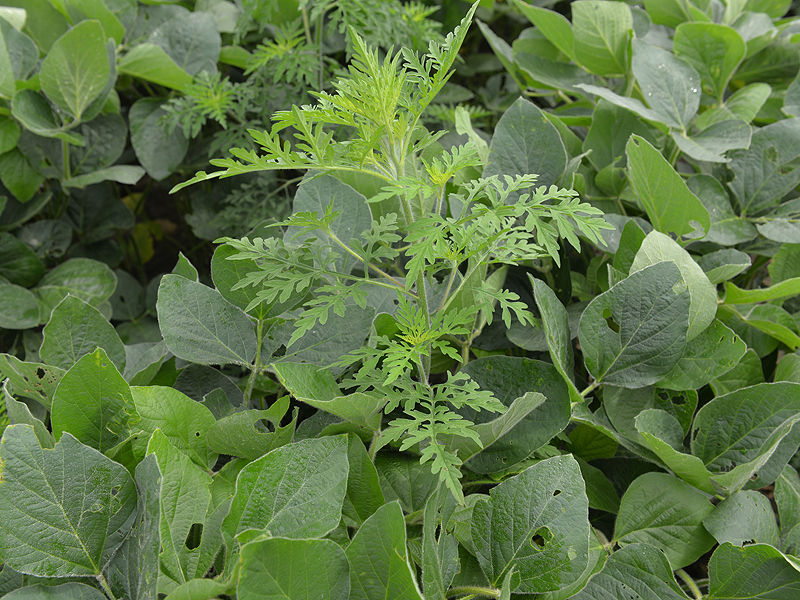
Ragweed, its pollen potent to allergy sufferers, might be more than a source of sneezes. In the Midwest, the plant may pose a threat to soybean production.

Scientists have found that ragweed can drastically reduce soybean yield.
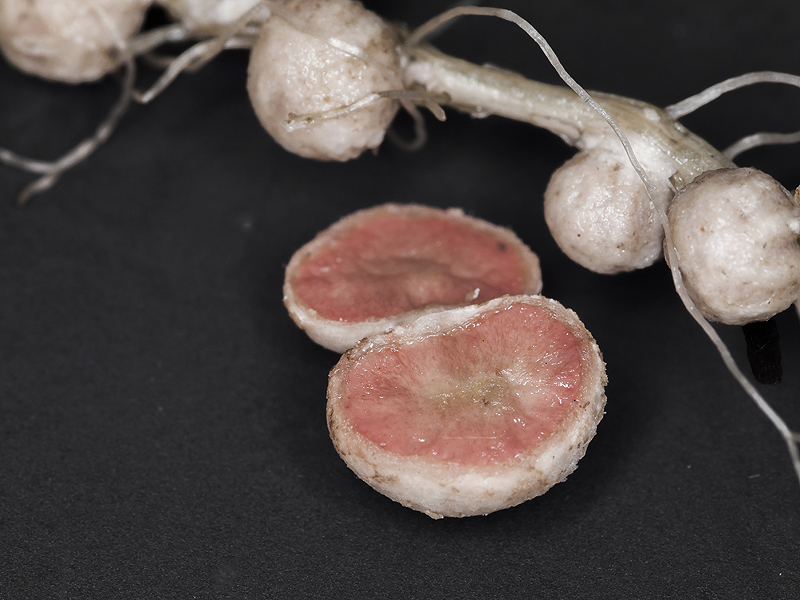
Soybean is rich in protein, which is great for the humans and animals eating it. But this high protein content comes at a cost.

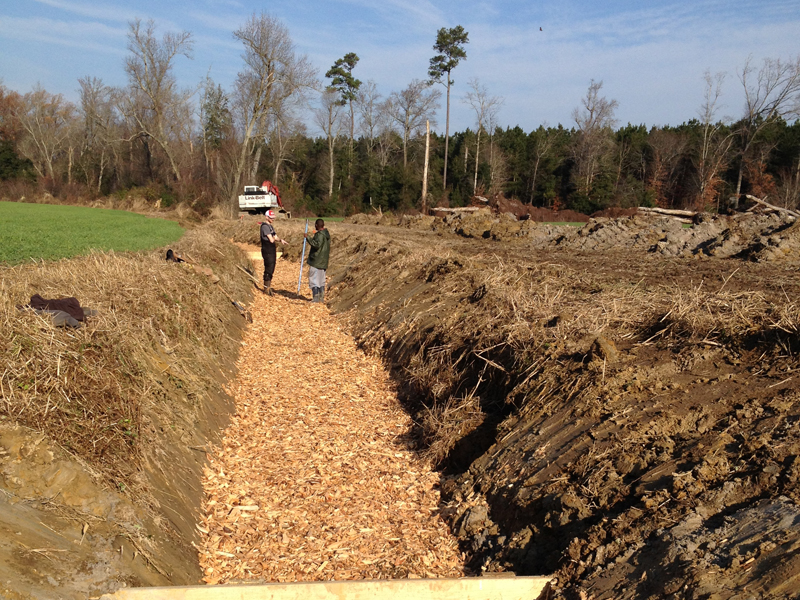
A ditch containing woodchips may look unassuming—but with a name like bioreactor it’s guaranteed to be up to more than you think.

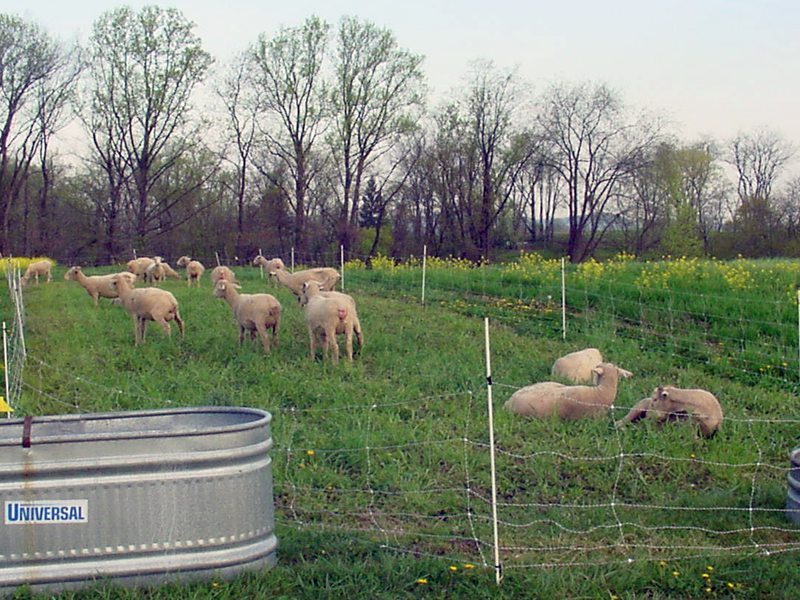
Soil gets tired. After years of supporting a rotating cast of crops, the soil’s nutrient supply is often exhausted. The tilling, turning, and planting also degrade the organic matter in the soil and its ability to stay hydrated.

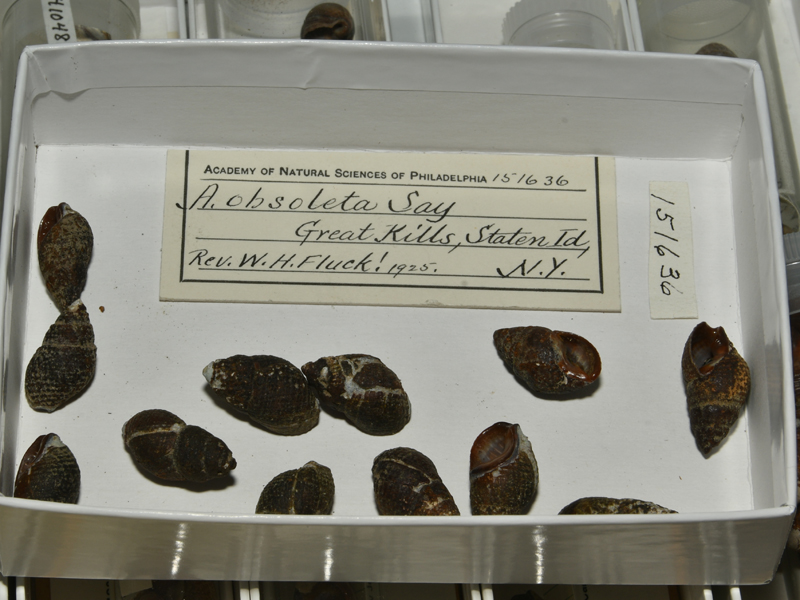
A tiny snail could be a big help to researchers measuring water quality along the U.S. and Canadian Atlantic coast.
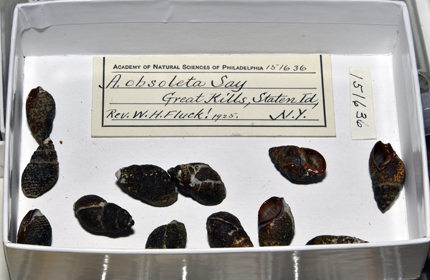
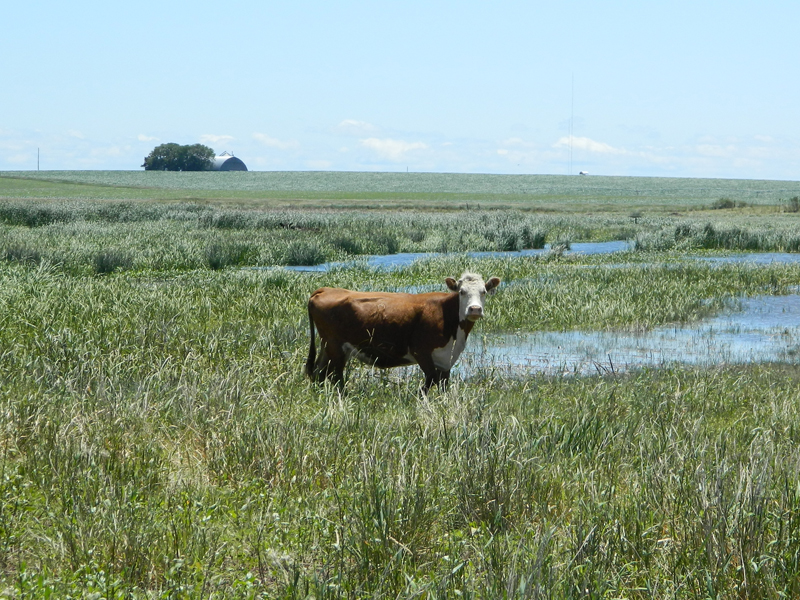
How do you host tens of millions of migratory waterfowl every year? The Rainwater Basin of southeast Nebraska provides a vital resting stop and feeding station. There, the native wetland plants produce enough seed to replenish the birds—some of them threatened or endangered species—for their long journey.

